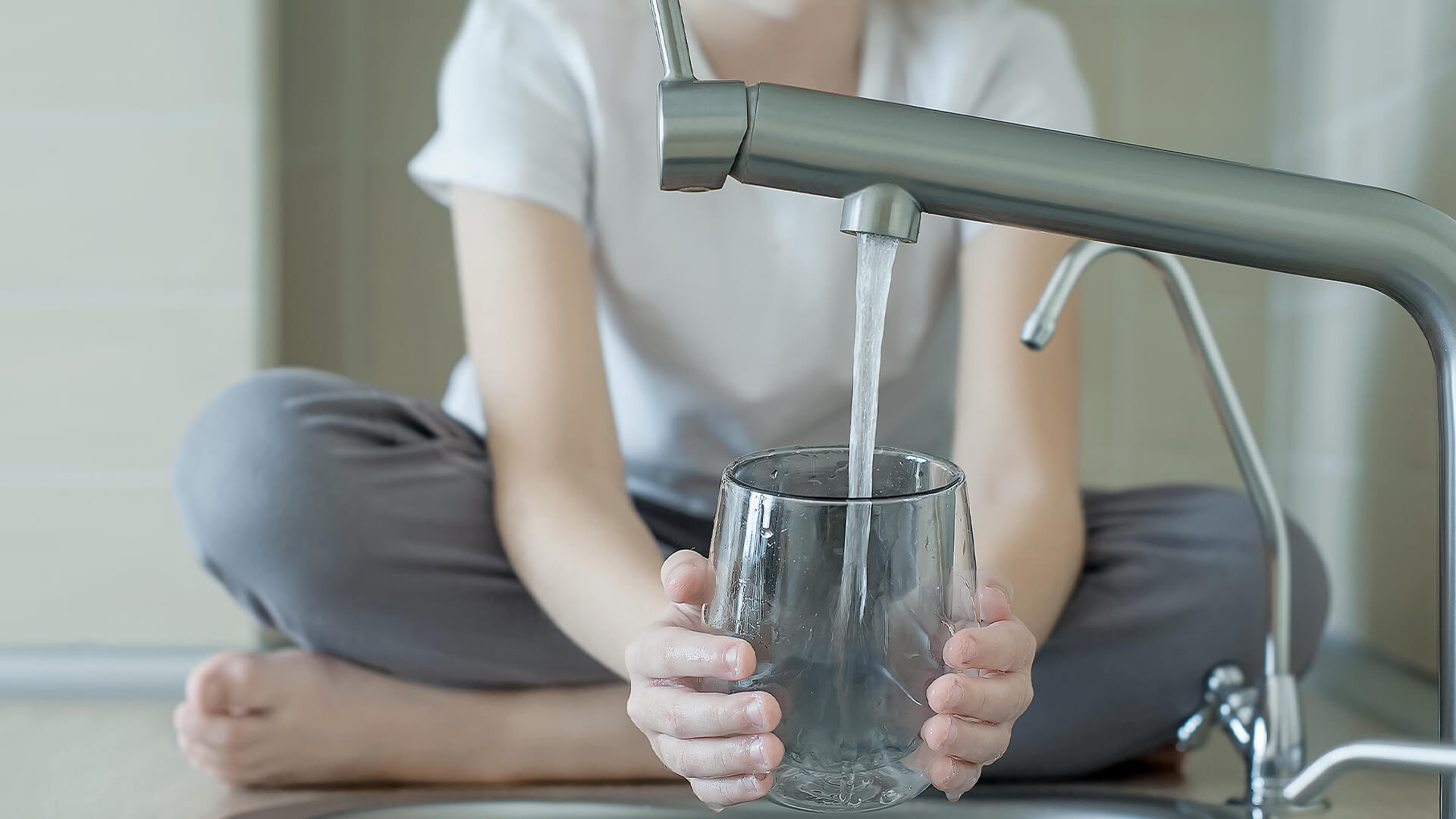Water is one of the essential commodities in life that without it, humans and all animals would cease to exist. It is almost impossible to get through the day without using water. We use it when we brush our teeth and clean ourselves, to cater to our household needs, and of course, drinking.
Although water is essential to our everyday lives, it’d be good to note that it may pose certain health risks too. For instance, if your water tank has been left out and not properly taken care of, contamination may happen, which can cause water-borne diseases, such as cholera.
With that said, here are some common water storage mistakes that we need to be wary of and avoid practicing.
1. Using Wrong Containers When Storing Rainwater
The container you use is one of the important things to consider when storing water. However, in most cases, people tend to overlook this essential factor and instead, use any container they deem sufficient to hold and store water regardless of its origin.
When considering storage for rainwater supply, you would want to make sure that your container is food-grade safe as much as possible. Additionally, you would want to look for a good mid capacity tank made with stainless steel or BPA-free plastic.
Furthermore, avoid using metal containers, as this can easily be corroded by water which may produce rust inside. Also, you would want to avoid using those made with cardboard materials as they are not fit for long-term water storage and consumption.
2. Not Covering Your Rainwater Tank Properly
Having a rainwater tank is considered beneficial, as it serves as a renewable source of water supply for your homes. However, since you’ll be using it for various range of purposes, it is essential that you ensure that you have good quality water, to avoid possible health concerns.
With that said, consider covering your non-potable water tank with a fine mesh or a screen to make sure that dirt, leaves, and other debris will not enter your container.
Additionally, by doing so, it will also prevent mosquitoes from turning your tank into their breeding ground. By being mindful of how you manage your water supply, you can prevent manifestations of mosquitoes, which can cause severe and fatal diseases, such as dengue and malaria.
3. Not Changing Water Supply Regularly
Changing the water stored in your tank every now and then is important as well. This is to ensure that your water supply is fresh. Even if your container is properly sealed, microorganisms may still seep right into your water.
By regularly changing the water supply in your storage, you can lessen the risk of water contamination, which may cause health concerns to anyone who might drink or use it. To be on the safe side, you may also consider checking your water supply by hiring professionals or thru lab testing.
4. Not Adding Additives to Disinfect Your Water Supply
Changing your water supply regularly isn’t always enough. Since water is a colorless substance, you may not recognize easily if it’s still fit for human usage or not. Additionally, you may not notice the presence of microorganisms in your water. With that said, it’s important to add water additives each time you replace the water in your tank too.
Water additives are important to disinfect, protect, and preserve your water to make sure that it is safe for long-term consumption, such as daily household chores, and watering plants. These additives may be calcium, fluorine, chlorine, or iodine. They are responsible for keeping your water safe from biological enemies, such as bacteria, parasites, and fungi.
5. Not Purifying Collected Water Before Drinking
Aside from aiding in household chores and taking care of our hygiene, rainwater can be used as drinking water too. Rainwater has been the main source of drinking water for some tropical communities. However, it is important to note that while it is considered pure, not all rainwater is safe and free from harmful bacteria to drink.
With that said, if you’re planning to use rainwater as potable water, it is highly essential that you purify or boil the water first, before drinking it. This is to ensure that all pathogen or harmful microorganisms are killed, preventing unwanted food-borne diseases, such as diarrhea and E. coli.
Bottom Line
Water is an essential part of our daily lives. Not only has it significantly improved our daily activities and chores, but our well-being too. However, as much as it can be of big help, water, if not properly managed, may cause various health concerns. Contaminated water can cause bacterial infections and other water-borne diseases when consumed.
With that said, it is important to take note of these unhealthy and unsanitary practices. That way, you can ensure that you and your family are safe and can make the most of your water supply.
































